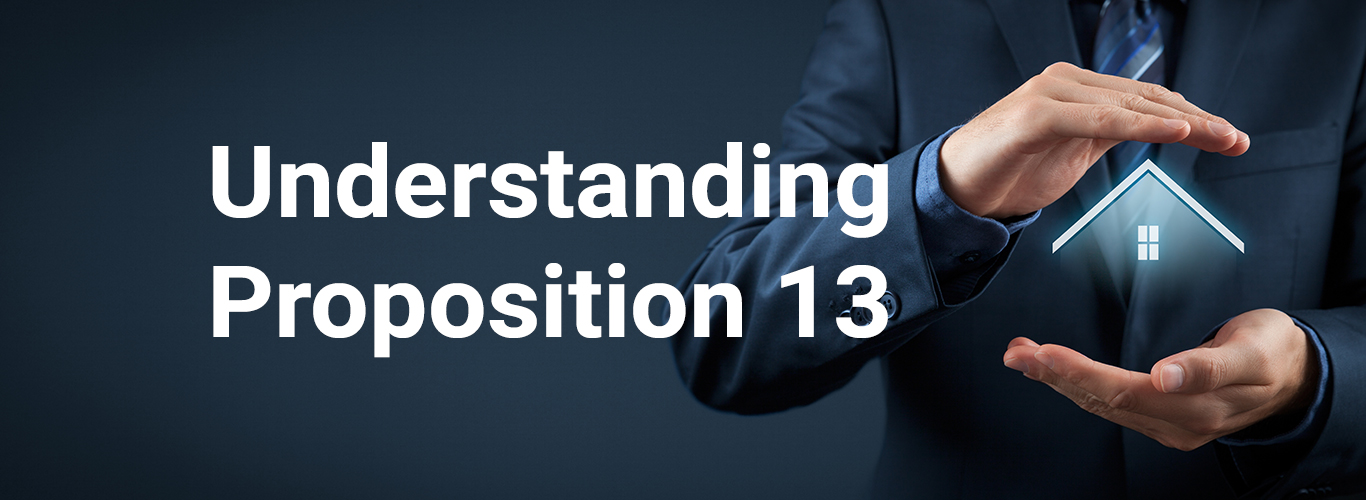
VIEW / DOWNLOAD MEDIA RELEASE Temporary Property Tax Relief for Flood Victims Now Available
Earlier today Governor Jerry Brown issued a “Proclamation of a State of Emergency” for the counties impacted by the flood, including Santa Clara County. The proclamation gives the County Assessor authority to postpone the payment of property taxes due April 10. “With the April 10 deadline looming, it was critical for the Assessor’s office to receive this proclamation. I greatly appreciate Governor Jerry Brown’s swift action,” said County Assessor Larry Stone. To receive a deferral of property taxes, property owners will need to submit two, simple one-page forms. Reassessment of Property Damaged by Misfortune or Calamity Application (AKA: Calamity Claim for Reassessment.) The application for reassessment of property damaged by misfortune or calamity provides an opportunity for property owners to describe the extent of the damage to their property. “Property owners should do their best to submit the form as completely as possible. However, our office understands the magnitude of their circumstances. The main thing is to get the application into our office,” said Stone. The information on this form will be used to provide a temporary reduction in assessed value. The loss must exceed $10,000 of current market value. “This reduction in assessed value is available for all properties including homes, commercial and industrial buildings, and mobile homes. However, damage to vehicles and the contents of a home such as personal effects and furniture are not eligible for this tax relief because they are not assessable property.” said Stone. The form is available from the assessor’s website here. To look up your assessor parcel number, go to our website www.sccassessor.org. The form can be submitted electronically, by fax, mail or in person to the Assessor’s Office at 70 W. Hedding.
Property Tax Installment Deferral Application
Submission of this form enables qualifying property owners to defer payment of the next installment of property taxes. Completion of this second form enables the property owner to postpone payment of the April 10 bill without penalty or interest until the Assessor’s office has reassessed the property, and the Tax Collector issued a corrected tax bill. Payment will be required 30 days after receiving the corrected tax bill. To qualify for property tax installment deferral, properties with a homeowner’s exemption must suffer damage of at least 10% of its fair market value or $10,000, whichever is less. Properties without the homeowner's exemption require that damages exceed at least 20% of fair market value (not assessed value). Examples are commercial or rental properties. It is important to note that taxes paid through an impound account, do not qualify for a deferral.
Assessor’s Media Release Page 2 of 2 March 9, 2017
The forms can be submitted electronically, by fax, mail or in person to the Assessor’s Office at 70 W. Hedding. The Property Tax Installment Deferral Application must be submitted no later than 5 PM on April 10. The form is available from the Assessor’s website here.
The deferral of the April 10 property tax payment does not reduce taxes. “Rather it allows time for the property owner to focus on repairing their property without worry of penalties.” Later this year property owners can expect a property tax bill reflecting the adjustments and any outstanding taxes. “This is great news for homeowners and other property owners devastated by the flood. The last thing property owners should be concerned about right now are payment of taxes,” said County Assessor Larry Stone. “Should property owners have any questions they are urged to go to our website and if questions remain they should contact our office at 408-299-5500.
VIEW / DOWNLOAD MEDIA RELEASE Temporary Property Tax Relief for Flood Victims Now Available
Earlier today Governor Jerry Brown issued a “Proclamation of a State of Emergency” for the counties impacted by the flood, including Santa Clara County. The proclamation gives the County Assessor authority to postpone the payment of property taxes due April 10. “With the April 10 deadline looming, it was critical for the Assessor’s office to receive this proclamation. I greatly appreciate Governor Jerry Brown’s swift action,” said County Assessor Larry Stone. To receive a deferral of property taxes, property owners will need to submit two, simple one-page forms. Reassessment of Property Damaged by Misfortune or Calamity Application (AKA: Calamity Claim for Reassessment.) The application for reassessment of property damaged by misfortune or calamity provides an opportunity for property owners to describe the extent of the damage to their property. “Property owners should do their best to submit the form as completely as possible. However, our office understands the magnitude of their circumstances. The main thing is to get the application into our office,” said Stone. The information on this form will be used to provide a temporary reduction in assessed value. The loss must exceed $10,000 of current market value. “This reduction in assessed value is available for all properties including homes, commercial and industrial buildings, and mobile homes. However, damage to vehicles and the contents of a home such as personal effects and furniture are not eligible for this tax relief because they are not assessable property.” said Stone. The form is available from the assessor’s website here. To look up your assessor parcel number, go to our website www.sccassessor.org. The form can be submitted electronically, by fax, mail or in person to the Assessor’s Office at 130 West Tasman.
Property Tax Installment Deferral Application
Submission of this form enables qualifying property owners to defer payment of the next installment of property taxes. Completion of this second form enables the property owner to postpone payment of the April 10 bill without penalty or interest until the Assessor’s office has reassessed the property, and the Tax Collector issued a corrected tax bill. Payment will be required 30 days after receiving the corrected tax bill. To qualify for property tax installment deferral, properties with a homeowner’s exemption must suffer damage of at least 10% of its fair market value or $10,000, whichever is less. Properties without the homeowner's exemption require that damages exceed at least 20% of fair market value (not assessed value). Examples are commercial or rental properties. It is important to note that taxes paid through an impound account, do not qualify for a deferral.
Assessor’s Media Release Page 2 of 2 March 9, 2017
The forms can be submitted electronically, by fax, mail or in person to the Assessor’s Office at 130 West Tasman. The Property Tax Installment Deferral Application must be submitted no later than 5 PM on April 10. The form is available from the Assessor’s website here.
The deferral of the April 10 property tax payment does not reduce taxes. “Rather it allows time for the property owner to focus on repairing their property without worry of penalties.” Later this year property owners can expect a property tax bill reflecting the adjustments and any outstanding taxes. “This is great news for homeowners and other property owners devastated by the flood. The last thing property owners should be concerned about right now are payment of taxes,” said County Assessor Larry Stone. “Should property owners have any questions they are urged to go to our website and if questions remain they should contact our office at 408-299-5500.
Too Low to Assess: Properties with Less than $5,000 in Assessed Value
Where state law allows, the Assessor’s Office has regularly sought out efforts to eliminate property taxes for those businesses where the cost to assess and collect property taxes exceeds the property tax revenue generated.
In 2016 the Assessor’s Office recommended, and the Board of Supervisors passed, an ordinance permitting the Assessor’s office to automatically exclude properties with an assessed value below $5,000, eliminating the ad valorem property taxes for those properties. Fees and other non-ad valorem property taxes will remain on the tax bill.
As part of a continuous effort to seek out increased efficiencies, the Assessor’s Office conducted a formal cost study that demonstrated that the Assessor, Tax Collector and Controller’s total costs to assess and collect diminumus assessments of $5,000 or less, exceeds the $50 in property tax revenue that would have been generated from the assessment.
Typically these parcels consist of vacant property in remote locations with limited utility and marketability. In 2016, it was estimated that there were approximately 2,000 parcels that will benefit from low value ordinance. The ordinance will not apply to properties under the California Land Conservation Act (CLCA), Mills Act (historical) contracts, timber production zone designation (TPZ), non-profit golf courses, and low-value properties that are component parts of larger total property economic units.
The “too low to value” ordinance that passed in 2016 applied to real properties with $5,000 or less in assessed value, as well as business owners with machinery and equipment and businesses on government property. Combined, it was estimated that the annual cost to assess and collect taxes for these low value properties was approximately $1,895,000, which was far in excess of the projected property tax revenue of $602,000. Every employee in the Assessor’s Office use daily a cost accounting system which enabled the assessor’s office to provide the Board of Supervisors with these estimates. Additionally, the Assessor’s Office will be able to reallocate an estimated 11,000 hours towards more complicated assessments and customer service.


